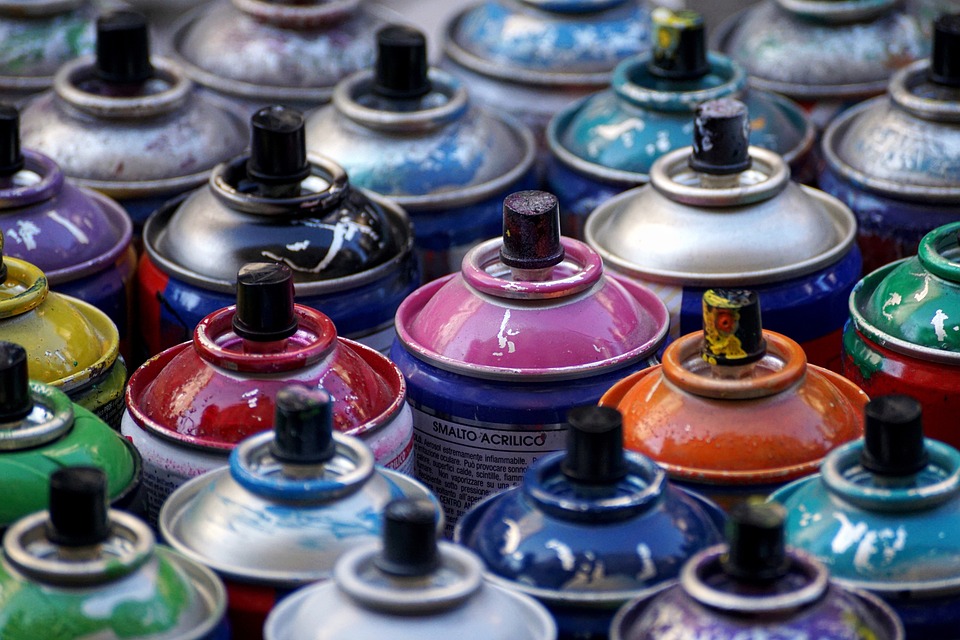As environmental awareness continues to rise, individuals are increasingly looking for sustainable and safe alternatives to traditional pest control methods. The chemical-laden insecticides that have been staples in households for decades are now giving way to eco-friendly solutions, and one of the most popular options is the do-it-yourself (DIY) bug spray. This article explores the benefits of using DIY insecticides, the ingredients you can utilize, and tips for effective pest management in an eco-conscious manner.
The Benefits of Eco-Friendly Pest Control
1. Safety for Family and Pets
Conventional pest control products often contain toxic substances that can pose serious health risks to humans and pets. By opting for DIY bug sprays made from natural ingredients, you significantly reduce the risk of exposure to harmful chemicals. This is especially important for households with small children and pets who often come into close contact with treated areas.
2. Environmental Impact
Chemical pesticides can leach into soil and waterways, harming beneficial insects, aquatic life, and other wildlife. Homemade insect repellents typically consist of plant-based ingredients that are biodegradable and less likely to disrupt the ecosystem. By using eco-friendly pest control methods, you contribute to a healthier environment.
3. Cost-Effectiveness
Building your own pest control solutions can be much cheaper than purchasing commercially available products. Many effective ingredients are already available in your kitchen, reducing your expenditure while still addressing pest problems effectively.
4. Customizable Solutions
One of the key advantages of DIY bug sprays is the ability to tailor them to your specific pest problems. Different pests may respond better to certain ingredients. For instance, while some concoctions may work well against ants, others might be more effective against mosquitoes or spiders.
5. Simplicity and Accessibility
Making your own bug spray is often a simple process that requires minimal ingredients and effort. This accessibility means anyone can take a proactive stance against pests without needing a degree in pest management.
DIY Bug Spray Recipes: Natural Ingredients to Try
Creating a homemade pest control solution is easier than you might think. Here are a few effective, eco-friendly recipes to help you get started:
1. Basic Vinegar Spray
- Ingredients: Equal parts water and white vinegar.
- Instructions: Combine water and vinegar in a spray bottle and shake well. Spray on windowsills, door frames, and entry points to deter ants and other household pests.
2. Essential Oil Repellent
- Ingredients: 10 drops of peppermint, lavender, or tea tree essential oil mixed with 2 cups of water.
- Instructions: Blend the ingredients in a spray bottle. Spray around doors, corners, and areas where pests are commonly seen. Essential oils not only repel insects but also leave a pleasant fragrance.
3. Dawn Dish Soap Solution
- Ingredients: 1 tablespoon of Dawn dish soap mixed with 2 cups of water.
- Instructions: Pour the mixture into a spray bottle and apply to plants infested with aphids or spider mites. The soap suffocates soft-bodied insects without harming the plant.
4. Garlic and Chili Spray
- Ingredients: 1 bulb of garlic, 1 tablespoon of chili powder, and 2 cups of water.
- Instructions: Blend the garlic cloves with water, strain it, and add the chili powder before pouring the mixture into a spray bottle. This potent concoction can repel a variety of pests.
Tips for Effective Eco-Friendly Pest Management
1. Prevention is Key
Maintain a clean and tidy environment to prevent pest infestations. Seal off entry points, remove standing water, and store food in airtight containers.
2. Regular Monitoring
Keep an eye out for any signs of pest activity. Early detection can lead to faster intervention and less reliance on sprays.
3. Complementary Methods
Combine DIY sprays with other natural pest control methods, such as introducing beneficial insects like ladybugs or using traps for specific pests.
4. Test Before Use
Always test a small area before applying a DIY solution to larger sections to ensure it does not adversely affect surfaces or plants.
Conclusion
DIY bug sprays are an excellent solution for eco-conscious homeowners looking to tackle pest problems safely and sustainably. With the ability to customize ingredients, save money, and contribute to a healthier planet, there’s no reason not to embrace these natural alternatives. As you embark on this journey toward greener pest control, remember that a proactive approach combined with a commitment to sustainable living will yield the best results. The next time you encounter an unwanted invader, consider reaching for that bottle of homemade, eco-friendly bug spray—your family, pets, and the environment will thank you.
